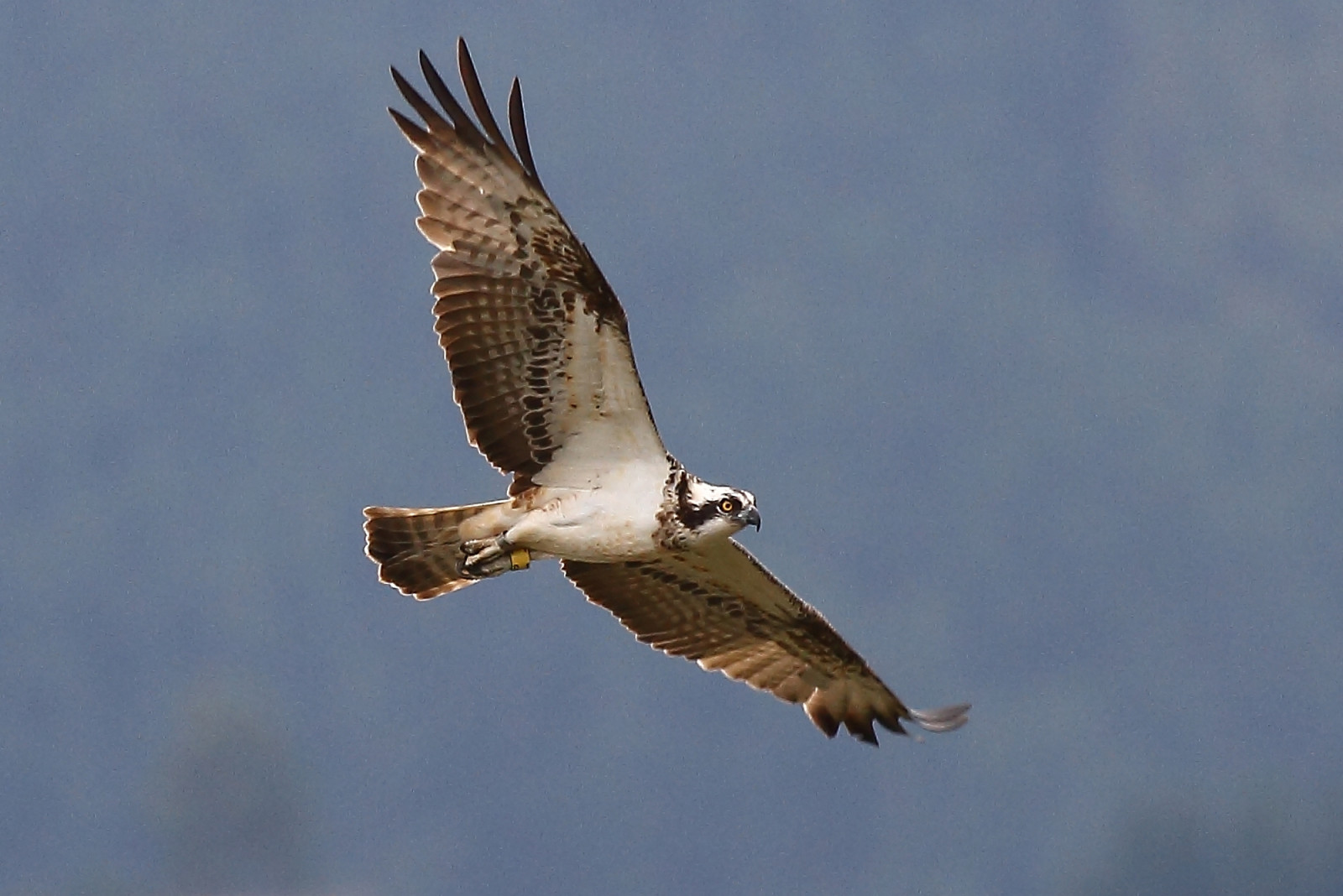Charger images
Les formats d'image autorisés sont de type jpeg, png ou gif
La taille maximale du fichier doit être de 20MB


The biggest man-made reservoir and forest in Britain is a great area for birding. There is an Balbuzard pêcheur viewing area and miles and miles of forest.
Kielder Forest is in a place of beauty with an array of different species. But the main pull is the Balbuzard pêcheur. Between late March and early September Balbuzard pêcheur often hunt over the water. The birds use all parts of the reservoir, but some favourite areas are either side of the water at the dam, the area between Bull Crag and Leaplish Bay, and Leaplish Bay itself. The Balbuzard pêcheur regularly hunt soon after first light and again in the early evening, around 17.30-18.00, but can be active at any time of the day. In 2022, the 14th successive year of Balbuzard pêcheur breeding in Kielder Forest, 7 nests were occupied and 14 young fledged successfully.
Aigle royal was present in the past until around the turn of the century, and is showing encouraging signs of returning with the current ongoing re-introduction project in the nearby Scottish Borders.
Other birds you can see here are Busard Saint-Martin, Autour des palombes, Épervier d'Europe, Buse variable, Chouette hulotte, Faucon pèlerin, Grand Corbeau, Cincle plongeur, Hirondelle de rivage, Mésange noire, Roitelet huppé, Bergeronnette des ruisseaux, Tarin des aulnes, and Bec-croisé des sapins, this last sometimes in huge numbers after good cone crops - sample counts after one heavy cone crop indicated a total of over 40,000 in the forest.
Most of Kielder Forest is plantations of Sitka Spruce and Norway Spruce, but an area of semi-natural Oak woodland is just below Kielder Castle; here you can see deciduous woodland species like Pic vert, Rougequeue à front blanc, Gobemouche noir, and with luck, Mésange nonnette, though this population may now have died out.
On clear-felled and newly replanted areas of spruce plantation, look for Tarier des prés and Pipit des arbres in summer, and Pie-grièche grise in winter.
On the reservoir itself, look out for Cygne chanteur, Harle bièvre, Garrot à oeil d'or, and in the quieter creeks, a good population of feral Canard mandarin, the best site in northern England for these.
Among mammals, Roe Deer are abundant, and Otter and Pine Marten are both present, but not easy to see.
The best way to explore Kielder is to start at one of the three visitor centres, Tower Knowe, Kielder Waterside or Kielder Castle. There are many cycling tracks, and a main road making it easily accessible. Using the Lakeside Way (see the map below), this circular cycling and walking route is 36 km long and follows the shoreline of the reservoir on a lovely multi-user track. You can cycle or walk around one of the circular trails. You can use the Osprey ferry to reach a destination and cycle or walk the return journey. The ferry must be pre-booked by contacting or visiting Kielder Waterside or Tower Knowe Visitor Centre where you can also check the ferry timetable before setting off on your journey. See the link below for more info.
Please note it is not necessary to purchase a car parking ticket at every visitor centre you visit. Just buy one £5.00 ticket at your first stop off and it is valid to use at the other visitor centres throughout the whole day. Alternatively, if you only park for one hour or less, the charge will be £2.00.
Vast area with vellum marked signs.
Votre feedback sera transmis à l’auteur.rice de cette zone et à l’équipe éditoriale de Birdingplaces, qui l’utiliseront pour améliorer la qualité des informations. (Vous souhaitez publier un commentaire visible en bas de page ? Fermez cette fenêtre et choisissez l’Option 1 : « Publier un commentaire, un conseil ou une observation ».)
Veuillez fournir des suggestions d'améliorations ou d'ajouts au texte de ce site ornithologique.
Veuillez fournir vos suggestions d'améliorations ou d'ajouts à la carte.
Veuillez fournir des suggestions d'améliorations ou d'ajouts à la liste des oiseaux.
Cliquez sur l'icône de l'oiseau () Insérez les noms d'oiseau dans votre langue. Ils seront automatiquement traduits pour les autres usagers !